Photovoltaics is a renewable energy source that basically converts solar energy or radiation into electricity. It is estimated that global PV production covers between 3.5% and 7% of existing electricity demand.
This form of energy generation, once installed and in operation, does not generate any greenhouse gases or other types of pollution.In addition, it is very easy to scale the installation to suit the needs of your users.
Its main disadvantages are that it needs direct sunlight to maximise its efficiency and that, normally, the hours of maximum solar irradiation do not coincide with the hours of highest electricity demand.
The photocell
It is the basic element of photovoltaic panels and is the key element of the entire electricity generation process.
Briefly, the function of photoelectric cells (also known as cells, photocells or photovoltaic cells, among others) is to transform light into voltage and electric current. A phenomenon manifested by some semiconductors and known as the photoelectric effect.
This effect, although discovered by Heinrich Hertz in 1887, would not have a theoretical basis until almost 20 years later in the article “Heuristics of the generation and conversion of light” published by Albert Einstein.
Operating principle
The principle behind this technology, without going into too much detail on its physical underpinnings, is based on the ability of a photon to strike a semiconductor atom and excite it, thereby releasing an electron and creating a hole.
The electrons usually find a new hole to occupy quickly, and the energy provided by the photon is dissipated in the form of heat.
The peculiarity of the materials that make up photocells is that they force electrons and holes to move rather than recombine instantly. This creates a potential difference, just like a battery.
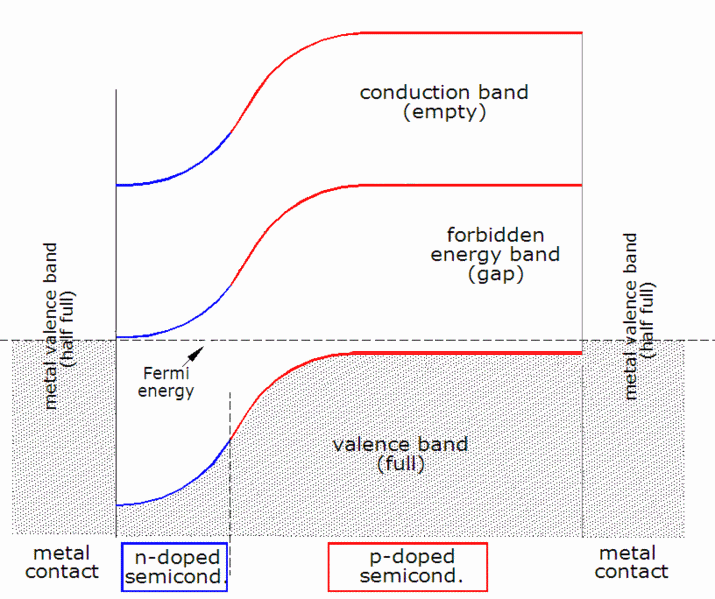
Manufacture of photocells
The techniques for manufacturing these cells are similar to those for other semiconductor devices, although the degree of purity of the raw materials required or the process itself are not as demanding.
The process is broadly similar to the following:
- The raw material, such as quartz, is taken and fed into a furnace where molten silicon is obtained.
- Impurities are removed.
- Processes such as the Czochralski process produce single-crystal ingots.
- The ingot is cut into very thin slices (wafers) of 200 µm.
- Wafer cleaning and polishing.
- Wafer doping, which can be performed during the Czochralski process in the case of Boron (B) doping or, as is done with Phosphorus (P), by bringing the wafers below the melting point in the presence of phosphorus gas.
- The cells are connected to each other by electrical contacts and thin metal strips are added to “capture” the electricity generated.
- An anti-reflective coating is added to prevent leakage..
- The solar cells are encapsulated and placed in the panel structure.
Types of photovoltaic cells
Although there are several types of cells, we will focus on the two most popular types.
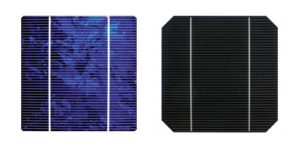
Polycrystalline silicon cells
Also known as multicrystalline cells, are characterised by multiple crystals that form during the cooling of the silicon.This results in a non-uniform appearance.
They have an efficiency of about 100 Wp/m2 (watt peak per square metre) with a high efficiency of 14%.
It is used especially in hot climates as it suffers less from overheating.
Monocrystalline silicon cells
In addition to solar cells, it is also used as the basis for silicon chips, although the demands on the imperfections of these are much more limiting.
Its efficiency and performance is somewhat higher, at almost 150 Wp/m2 and 14-16% respectively..
Unlike the previous ones, they are less tolerant of high temperatures.
Photovoltaic solar energy applications
The applications of this type of energy are very diverse. In this article we are going to focus on installations for domestic self-consumption of electricity, but first we will list some of the many uses it has:
Isolated mechanisms
They are typically small devices that are powered by a small plate or group of photocells.
The most typical example is the solar calculator, but nowadays we can find all kinds of devices such as lamps, water pumps or parking meters.
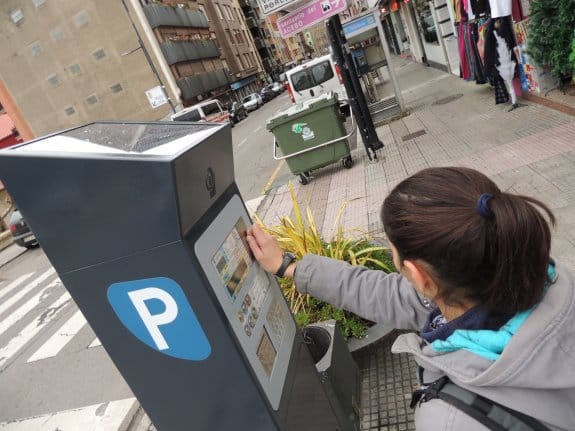
Transport and navigation
Although its use as a primary energy source is more experimental than practical, it is increasingly being used as an auxiliary power system in both cars and boats.
The World Solar Challenge in Australia is very popular. A race in which several teams (mainly companies, universities or institutes) compete with their respective solar cars across 3021 km of desert.
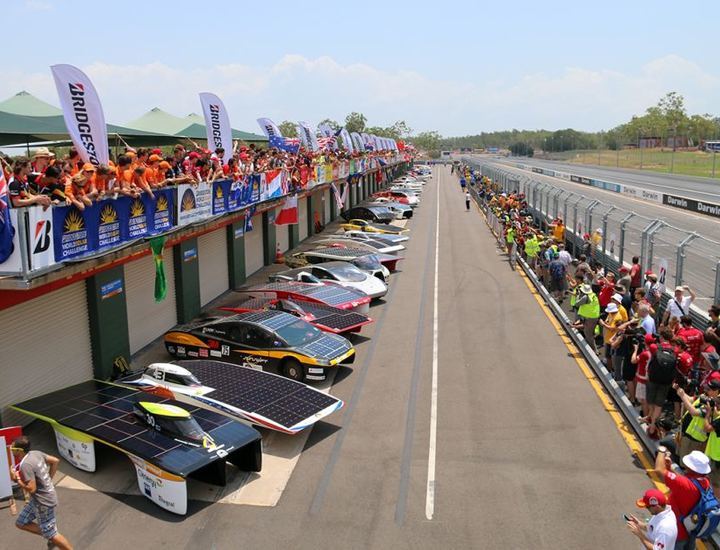
Solar farms
Also called solar parks, they are nothing more than photovoltaic power plants in which large solar panel systems are installed to generate electricity and feed it into the grid.
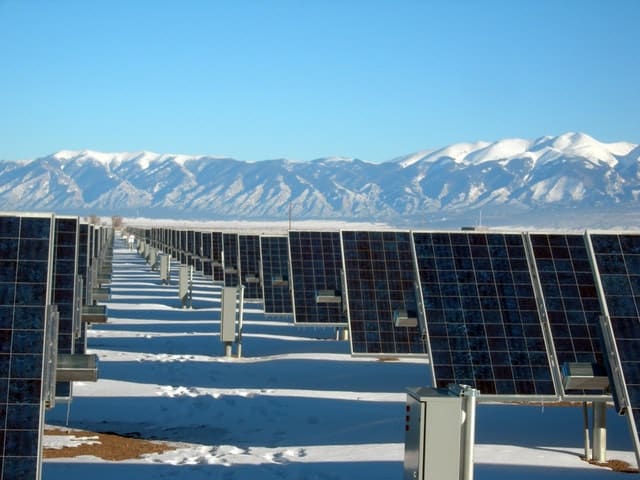
Telecommunications
This type of energy is very useful in telephone exchanges, radio antennas or microwave repeaters, where it is generally installed in conjunction with batteries. In this way, service is not interrupted in the event of a power failure.
Aerospace
One of the earliest applications of photovoltaic technology. Solar panels have long been used on satellites, ever since the US launched Vanguard 1 in 1958.

Photovoltaic self-consumption by means of solar panels
Photovoltaic self-consumption is understood as the production of energy for own consumption, obviously using solar panels.
This type of installation is mainly found in single-family houses where, in general, the installation and sizing of the system is simpler.
Basic elements of a “domestic” photovoltaic system
The main components of a standard solar photovoltaic installation include:
Photovoltaic panels:The electricity is generated by the electricity generators, based on the physical principle that we have already detailed at the beginning of this article.
Batteries: accumulate the energy generated for later use, usually at night and during off-peak hours.
Charge regulator: transforms direct current into alternating current.
Charge regulator: prevent overcharging/discharging of the batteries, prolonging their service life.
It should be noted that not all elements have to be present in an installation, except for the panels, for it to be fully functional. It all depends on the needs of each project.
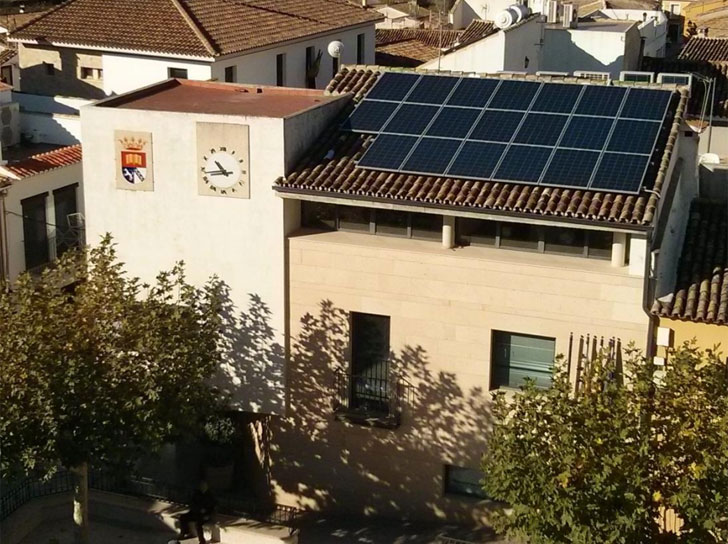
Classification of photovoltaic self-consumption systems
Among the different options currently available, we can distinguish, on a technical level,various types of installations depending on whether or not they are connected to the conventional electricity grid and how this connection is made.
In this way we can distinguish:
Isolated photovoltaic system
As the name suggests, these are fully network-independent systems.They are especially popular in areas where access to electricity is more limited.
In this type of installation, the use of batteries is essential because, if they were not available, the availability of electricity would be limited to the hours of sunlight.
It is very common to find installations of this type that combine separate circuits for AC and DC, i.e. they have devices that operate on direct current (mainly 12V/24V), such as lighting, and others that operate on alternating current, such as a television.
Grid-connected photovoltaic system
In this case, the conventional grid serves as a backup when the solar energy generated is not sufficient, eliminating the need to install batteries and reducing the cost of the installation.
Here we can make the distinction in current legislation between installations with or without surplus production discharged into the grid (an isolated system obviously does not feed energy back into the distribution grid).
We now know a little more about how photovoltaic solar energy works and its many applications.

